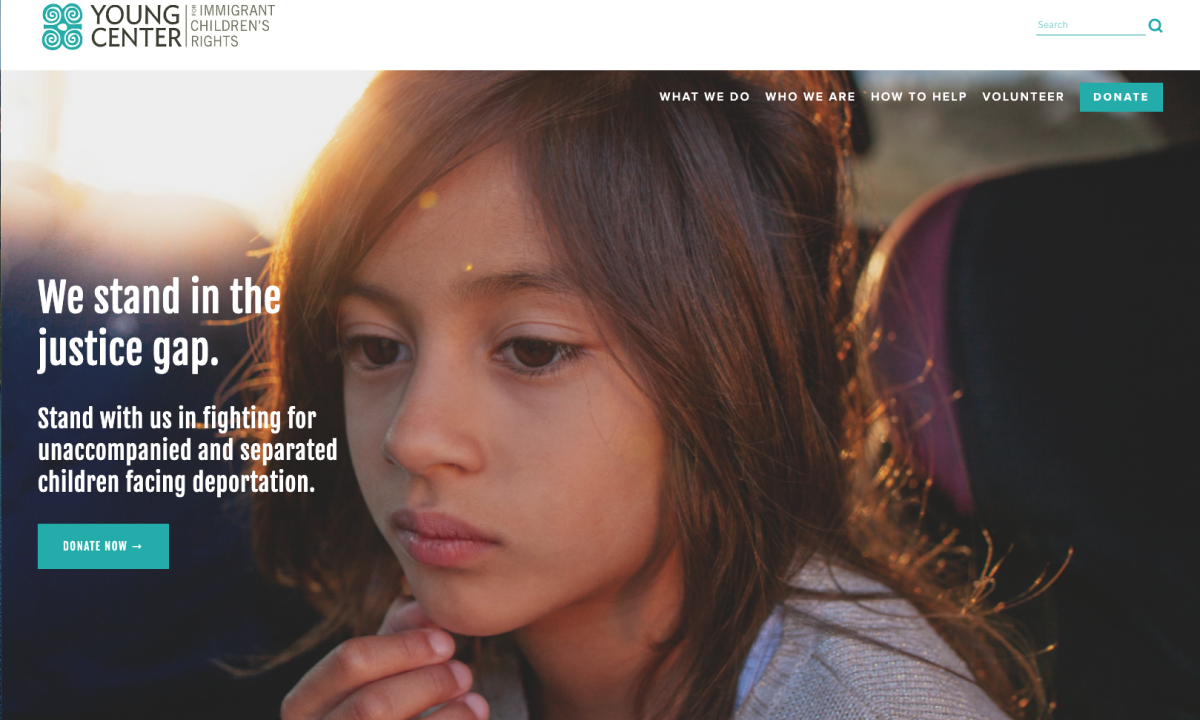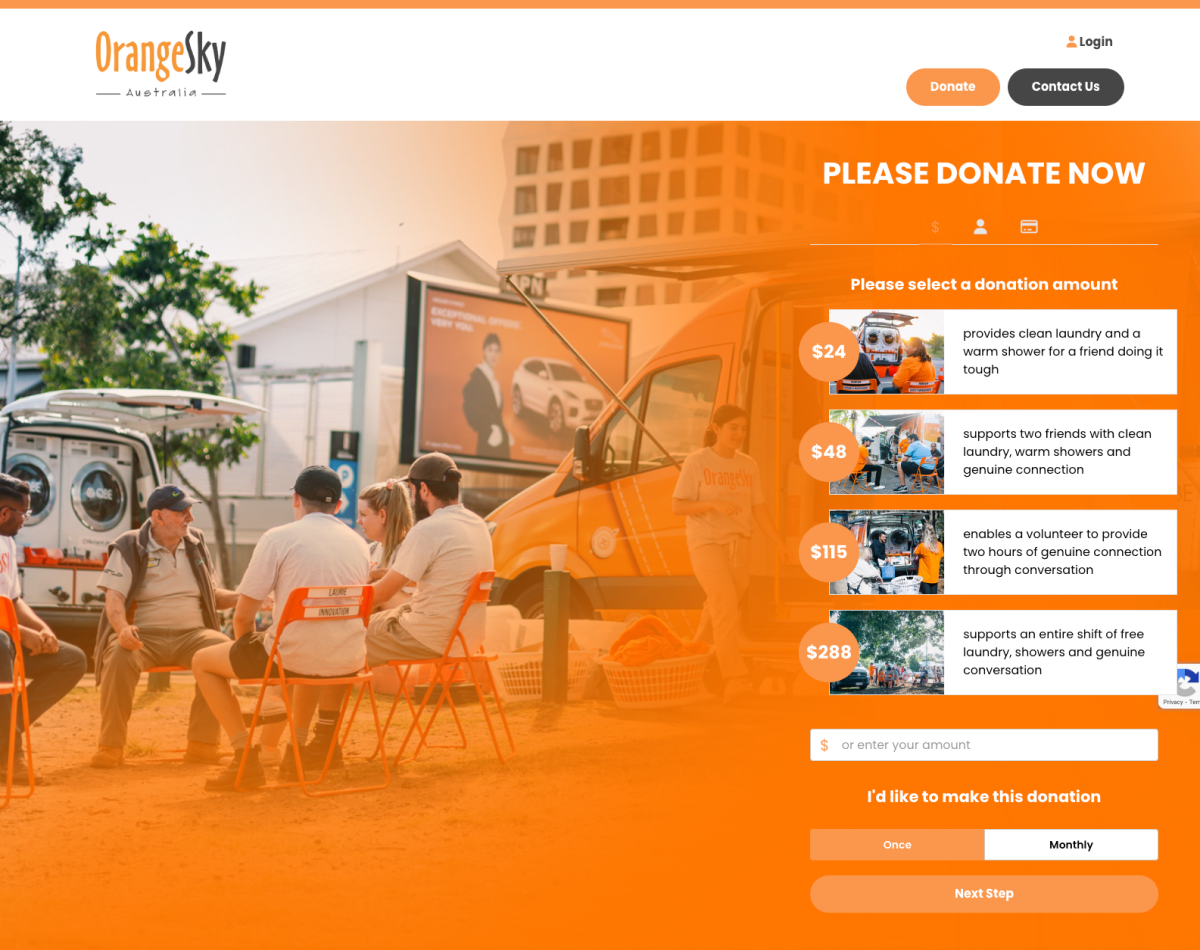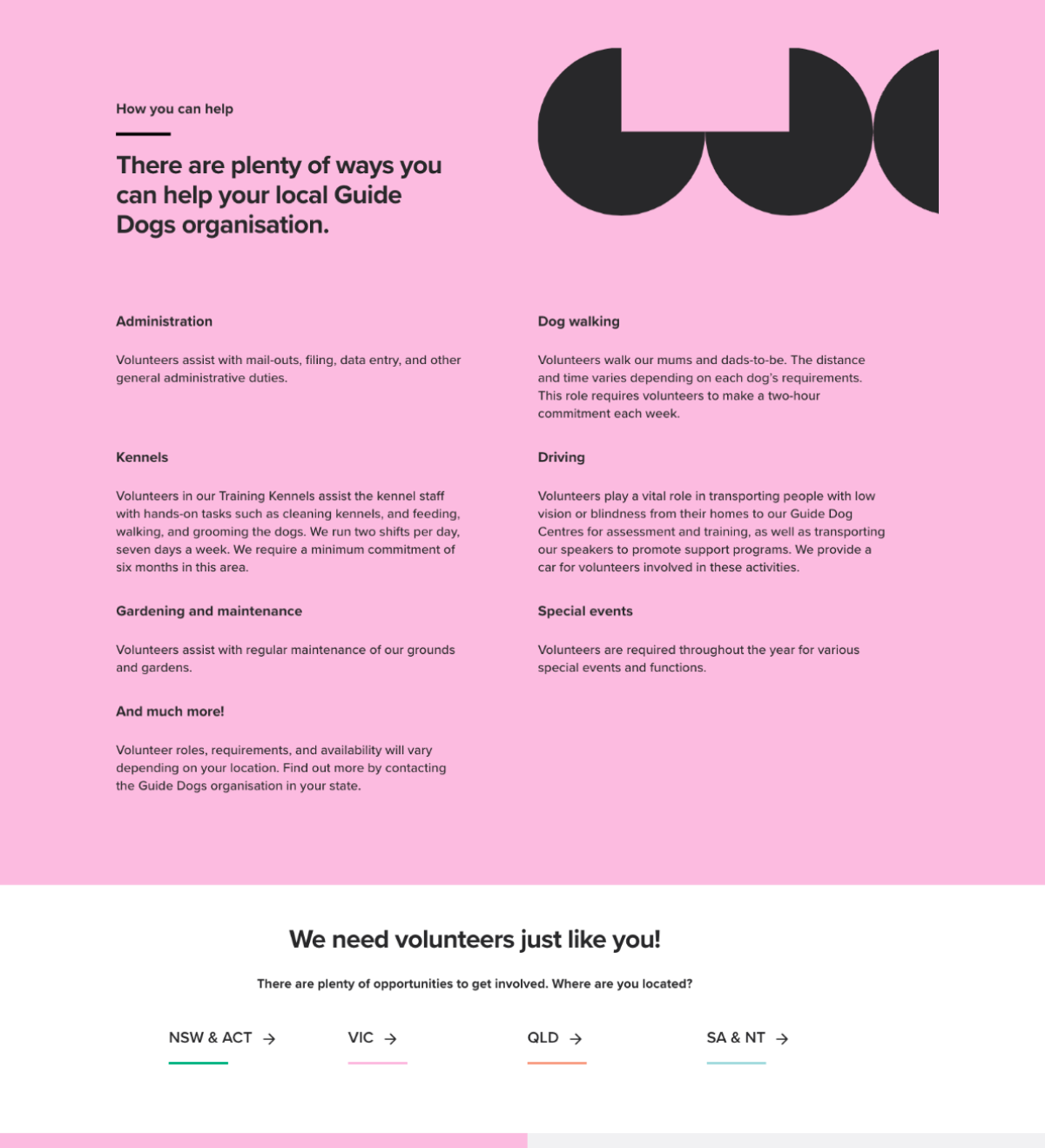Helping NFPs attract and retain donors and volunteers

With the increase of natural disasters experienced across communities in Australia in the last five years (fires, floods and pandemics to name a few), demand for the services provided by the not-for-profit sector has increased markedly.
Estimates for this increase are as high as +20%. The cost of delivering services, meanwhile, is increasing. Donations, however, have not kept pace and even decreased from 2022 onwards, with a massive drop in volunteering adding to the pressure.
In light of this, we have embarked on a research project into the not-for-profit sector to help organisations attract and retain donors and volunteers.
Key research findings:
- Organisations need to maintain awareness levels of 70% or above in the general community: When 70% of respondents are aware of a charity that is presented to them, 10% of those respondents will be donors. (source: McNair Research)
- An overwhelming majority of Australians take diversity, equity and sustainability issues into consideration when deciding to support any type of organisation: 90% consider sustainability, 73% report that knowing an organisation is making a positive change in the world is important to them, and 54% consider commitments to diversity and inclusion. (source: Forbes)
- Social and emotional connections drive donations and volunteering more than any other factor: The two most important factors driving donations reported were a personal or emotional connection to a cause and feeling part of a bigger community (source: Philanthropy Australia), while the three most important reasons for volunteering given by respondents were personal growth, seeing the impact their actions have and socialising with the organisation’s community (source: Join In initiative)
- Many not-for-profit organisations struggle to respond to volunteer sign-ups, to train and to roster shifts for new volunteers. A Deepend research project uncovered that people interested in volunteer opportunities expect to be able to easily sign up online and to receive a follow-up call within a day or two, user requirements which many not-for-profits currently cannot meet.
Key insights:
To maintain a sustainable level of community involvement, not-for-profit organisations will need to ensure that they are able to:
- Maintain awareness of what their organisation does and stands for
- Prove that their organisation is committed to diversity, equity and sustainability
- Create social and emotional connections to attract donations and volunteers
Our research into this area has yielded a number of insights which have positively influenced our user experience design.
Ellie Brassé - Lead User Experience Designer
Behavioural Principles and UX
The way we (human beings) interact, react, respond, and experience the world around us is studied in detail and used in every aspect of designing software and products.
A good understanding of human behaviours helps designers to create designs that are people (or user) oriented. Therefore, research insights from behavioral psychology play a key role in the field of design. These insights have been developed into a set of behavioural principles that we use in our work.
We have created a user experience framework that brings together 10 elements of behavioural science such as heuristics (mental shortcuts) and cognitive biases (inclinations that guide our decision making).
How do we turn these insights into User Experience?
We have identified the principles that answer to key research insights from our behavioiural UX framework. These will become the guardrails of our user experience designs for the not-for-profit sector:
- Value proof
- Social proof
- Low mental load
Value proof is language that makes it clear to people why they should choose one organisation over another. It should succinctly distil value based on the problem that is solved.
Social proof builds trust by showing that people are already part of the positive change the organisation wants to see in the world. It also uses psychology to activate the human tendency to follow what others like them already do.
Low mental load means that it is easy for people to understand content and take action on a website. It is particularly important as a pillar of making a website accessible and inclusive, meeting an organisation’s need to show that they are committed to diversity, equity and sustainability.
How can we put these principles into practice?
Value proof
In the not-for-profit sector, value proof is often most effectively described as a problem statement paired with showing the ways an organisation creates positive change.
This statement is best used on the home page of an organisation’s website and, in slightly amended form, whenever people are asked to take action.
It is particularly valuable when asking for donations: using value proof language increases conversion rates by as much as 527% (according to an experiment by Next After).
When crafting value proof language, it is important to keep four key elements in mind:
- Appeal: How badly does an ideal user want to give to the cause or need?
- Clarity: How quickly do people understand what they are being asked?
- Exclusivity: Can this impact be achieved with another organisation?
- Credibility:Do people trust the claims that are being made?

Image: The Young Center website is focused on value proof language up front by clearly describing the change the organisation wants to make in the world.
Social proof
Social proof is the psychological phenomenon that occurs when people conform to the actions of others to feel like they belong. Psychological studies have shown that social proof is one of the most persuasive clues we can receive, and it is particularly effective in driving behavioural change. Social proof also goes together with building trust.
Social proof that is best suited to NFPs:
- Revealing how many people have taken action already: People are more likely to trust information that is presented in a statistical or factual way. When using stats and facts to promote a cause, specific and regularly updated numbers and figures help to make claims more credible.
- Community behaviour: Sharing stories that are personal and relatable helps to connect on an emotional level. Showing impact with personal stories and testimonials, and showing stories by donors as well, reinforce people’s tendency to follow the community.
- Avoid negative or low social proof: Negative social proof can be counterproductive, as it can normalise undesirable behaviour. Low social proof can also be harmful, as it can make your organization seem unpopular or untrustworthy.

Image: The Orange Sky donation page is great for social proof by humanising the people the service is for with CVP-oriented copy such as “provides clean laundry and a warm shower for a friend doing it tough” and for helping users visualise the people who make the service great with their community-oriented imagery
Low mental load
Lowering the mental load means reducing the amount of cognitive effort a person has to expend to understand a website and take action. There are a number of ways to lower mental load on websites, including:
- Using familiar visual cues and patterns: This helps users quickly understand how the website works.
- Ditching unnecessary actions: This reduces the number of things that users have to think about.
- Organising information: This makes it easy for users to find what they are looking for.
Other ways to design a website that delivers on accessibility, equity and sustainability are to
- Design for neurodiversity
- Design for users who speak English as a second language
- Design for users of assistive devices
- Design for lower energy use

Image: Guide Dogs Australia help all users understand their content with ease.
Our deep dive into the not-for-profit sector shows three key problems to solve:
- The need for humanitarian services has increased markedly in recent years and is projected to stay at a high level
- Donations are not keeping pace with this increase in demand
- Volunteering levels have dropped significantly, adding to the pressure
We have shown how not-for-profit organisations can solve these key problems using psychological principles to create an online presence that
- Prove an organisation’s value to the user
- Fulfil their need for social and emotional connection
- Show that an organisation is delivering on equity and sustainability





